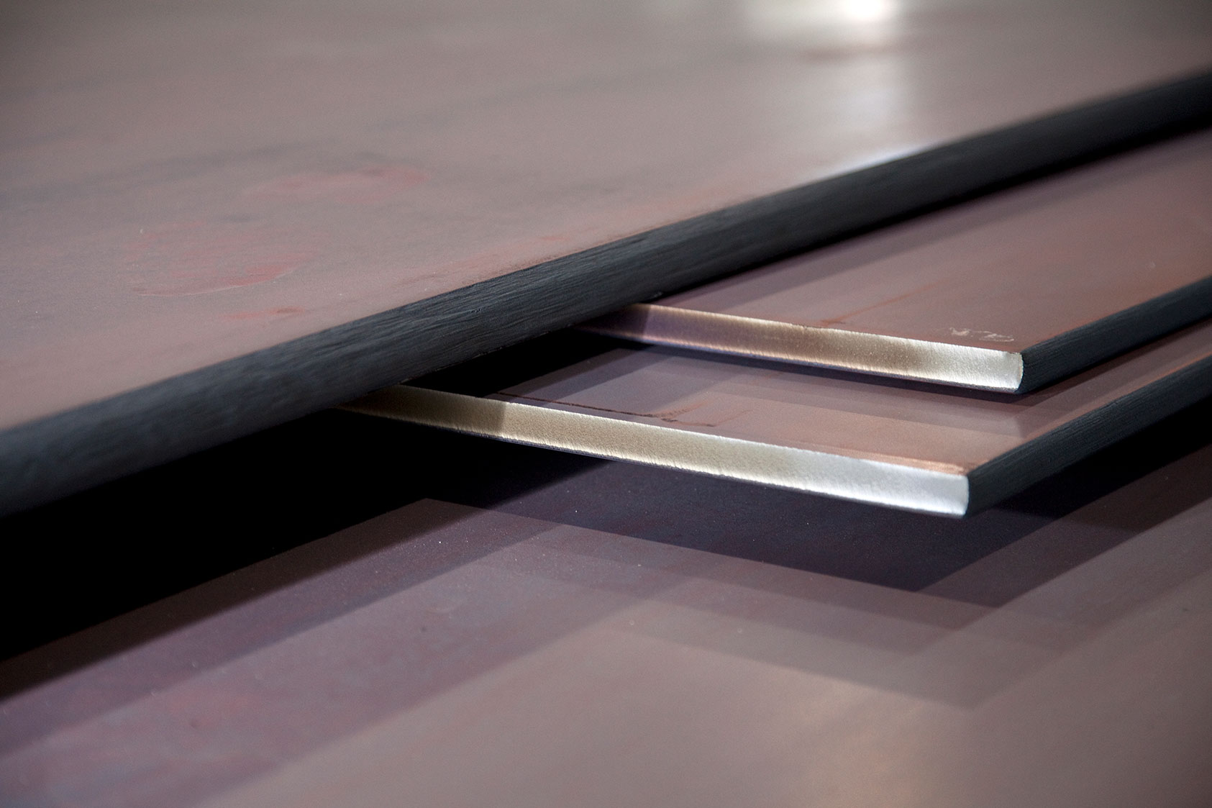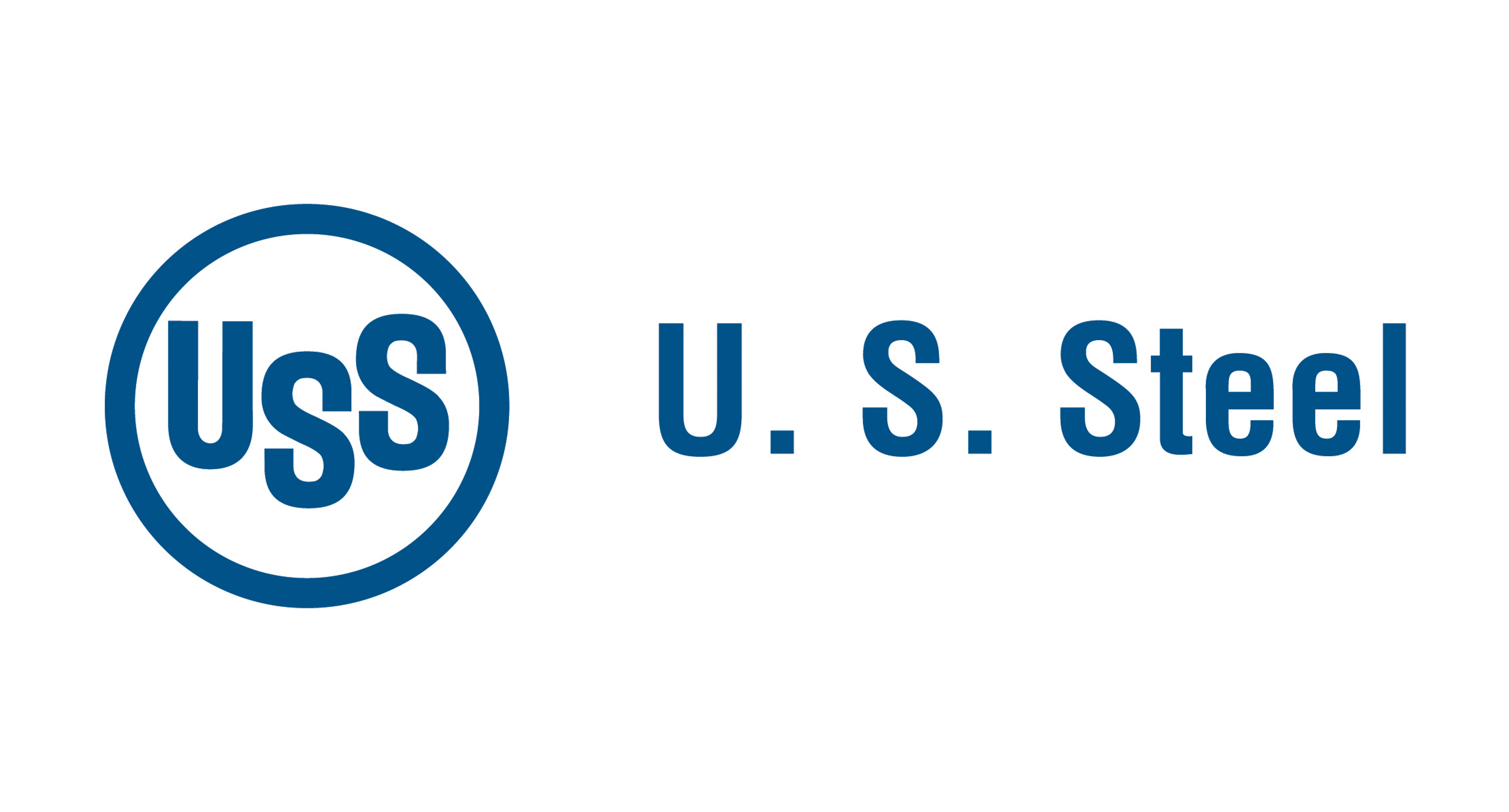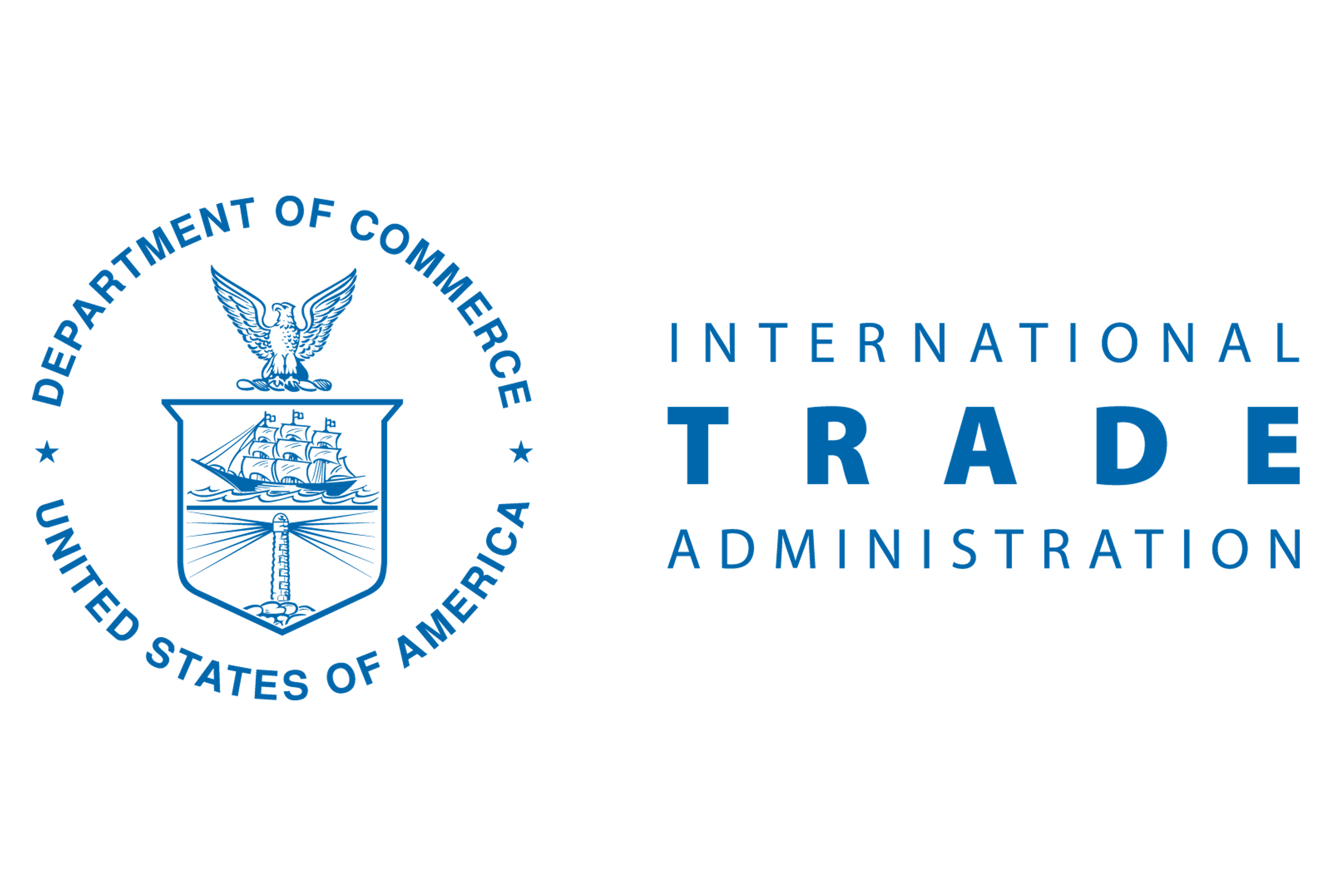Market Segment

March 5, 2017
Olympic Steel Execs Say Demand is Good and Future Optimistic
Written by Sandy Williams
Olympic Steel executives weighed in on steel demand, pricing, and government changes during the company’s earnings call last week.
Olympic Steel CEO Michael Siegal attributes the rebound in steel pricing to “supply side dynamics combined with political optimism towards the business community after the very negative environment around the presidential campaign.”
Said Siegal, “Entering 2017, our outlook is quite optimistic. Demand has improved in most industries we serve. Spot sales have been particularly strong, as inventories remain lean in the supply chain and distributors restock in anticipation of historically stronger spring shipments. Stable raw material prices and lower levels of imported steel continued to support higher market prices in the first quarter.”
David Wolfort, Olympic Steel president, agreed that Olympic is seeing “robust demand” in January and February across the board with customers and that even agriculture is beginning to come back.
“As we look at the quarter, it was really very uneven, and October was an ugly month,” said Wolfort. And December was a wonderful month, and we thought a great start to 2017. I would tell you that the core demand is significantly higher, and the bias is significantly stronger across the board. So, we have some of our large OEM customers projecting out into May with some fairly robust build patterns. We see contributing sources to those large OEMs doing well. We’ve seen some consolidation amongst some of those larger OEMs, but that’s just for the benefit of their manufacturing process. So, really, across the board, in all of our stores, we are really seeing a much higher demand.”
Commenting on steel pricing, Wolfort had the following comments:
“Steel price appreciation level off in early February, and we’re always cognizant of the fact that price increases are not indefinite, although, the six published price increase announcements have, for the most part, been absorbed by the end of February. Further, we have high expectations for the first-half of 2017, should anticipated economic improvements materialize.”
Speaking of economic improvement, Wolfort and Siegal said the confirmation of Wilbur Ross as Secretary of Commerce and the expected confirmation of Robert Lighthizer as US Trade Representative are “indications that our industry will be well represented in the new administration.”
When asked about imports Siegal said, “The government is going to be helpful, both in business growth and a discipline around the import supply.” There is always a price disparity between import and domestic steel, he noted. “There’s also a need in the United States for a certain level of imports.”
Wolfort added, “I think the steel industry has really suffered, particularly past the recession and the protracted recovery. It’s been a neglected industry, particularly as it gets to government relations so forth and so on.”
“This is a significant change here. I don’t think anybody wants to be the subject of a tweet, let me put it to you that way. And I think that the steel industry as a whole and metals as a whole is front and center on the dashboard today.”
Olympic Steel, a national metals service center, reported net sales increased 7.3 percent to $254.9 in fourth quarter 2016. The company posted a net loss of $2.1 million compared to a loss of 5 million in Q4 2015.
Sales for fourth quarter included 244,938 tons of carbon flat products and 19,012 tons of specialty metal flat products, growing market share in each segment. Average selling price per ton was $682 per ton compared to $658 per ton in Q4 2015. Inventory turns improved to an average of 4.7 times for FY 2016.







